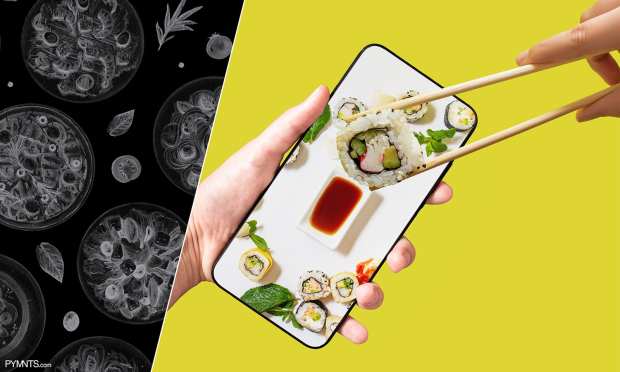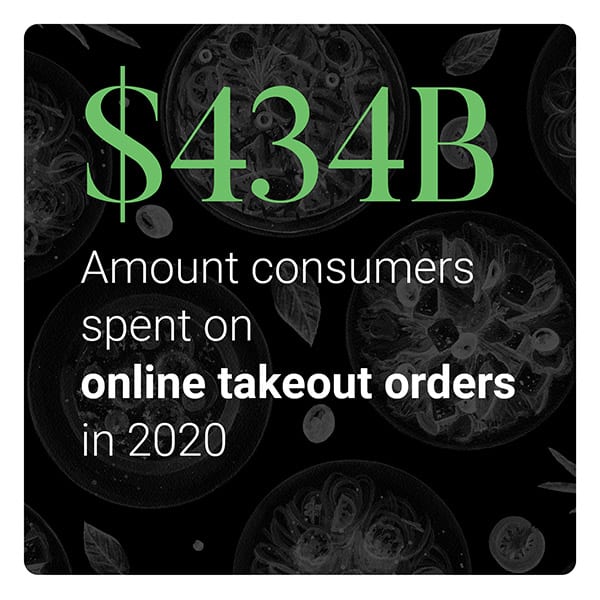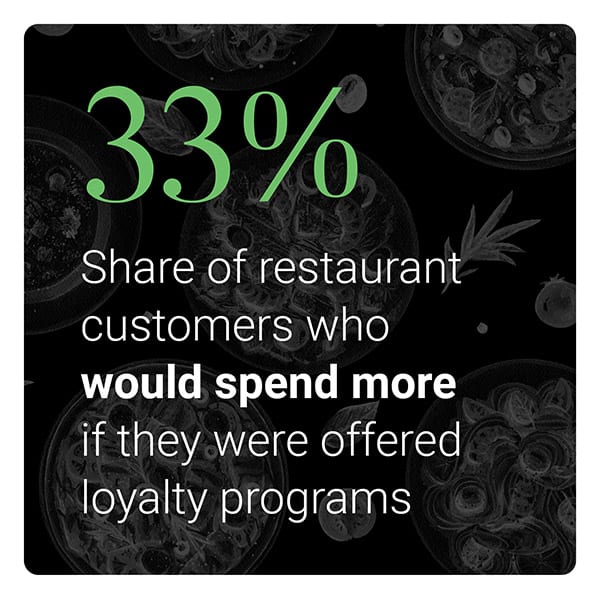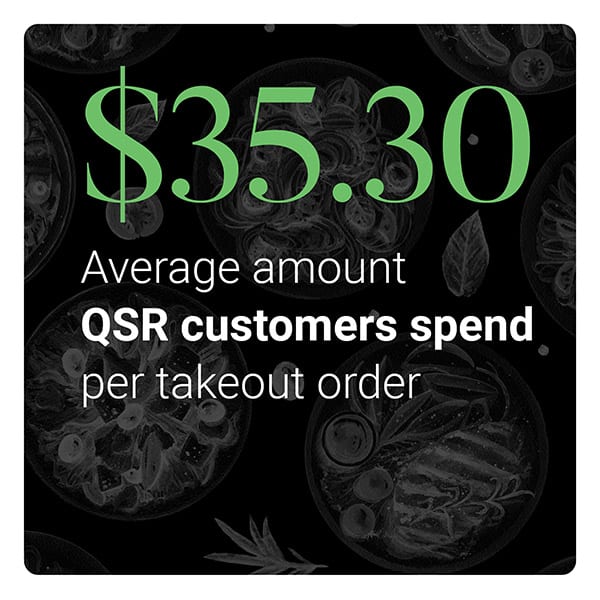Loyalty Rewards Boost Takeout Spend For A Third Of US Consumers

The pandemic may have shuttered many brick-and-mortar venues, but countless restaurants have adapted their business models to capitalize on what has rapidly become the most common way consumers now order and eat their food: online takeout.
 United States consumers spent a collective $486 billion on takeout orders in 2020. PYMNTS research shows that $434 billion (89 percent) of that spend came from online food orders, with the average takeout meal costing $37.90 for orders from full-service restaurants and $35.30 from quick-service restaurants (QSRs). This surge in digital food orders presents restaurants with more than just unmistakable growth opportunities. It has also made digital ordering capabilities a fundamental part of doing business in the restaurant industry.
United States consumers spent a collective $486 billion on takeout orders in 2020. PYMNTS research shows that $434 billion (89 percent) of that spend came from online food orders, with the average takeout meal costing $37.90 for orders from full-service restaurants and $35.30 from quick-service restaurants (QSRs). This surge in digital food orders presents restaurants with more than just unmistakable growth opportunities. It has also made digital ordering capabilities a fundamental part of doing business in the restaurant industry.
Which digital ordering channels do restaurant customers want to use to receive their takeout, and how do these online ordering preferences change depending on the types of restaurants from which they purchase? Perhaps most critically: Which ordering features can restaurants adopt to drive customer spend and increase sales?
The January edition of Delivering On Restaurant Rewards, a PYMNTS and Paytronix collaboration, investigates how takeout has taken over the restaurant industry. We surveyed a census-balanced panel of 2,096 U.S. consumers  regarding how they ordered their food, the types of restaurants from which they ordered and how much they spent to find out just how reliant on takeout orders restaurants have become — and how they must adapt their online presences and rewards and loyalty offerings to match.
regarding how they ordered their food, the types of restaurants from which they ordered and how much they spent to find out just how reliant on takeout orders restaurants have become — and how they must adapt their online presences and rewards and loyalty offerings to match.
PYMNTS research found that restaurant customers who use loyalty and rewards programs spend roughly twice as much per month on food orders as those who do not, regardless of whether they are ordering from QSRs or full-service restaurants. Sit-down restaurant customers who used loyalty programs spent an average of $232 per month on takeout in 2020, for example, compared to the $112 per month spent by sit-down restaurant customers who did not use loyalty programs.
Loyalty and rewards programs correspond with more than just increased monthly expenditure. PYMNTS data strongly suggests that their a vailability plays a key role in driving it. Thirty-three percent of all restaurant customers say that restaurant loyalty and rewards programs would encourage them to spend more on their food orders, underpinning how useful such programs can be to boosting sales.
vailability plays a key role in driving it. Thirty-three percent of all restaurant customers say that restaurant loyalty and rewards programs would encourage them to spend more on their food orders, underpinning how useful such programs can be to boosting sales.
Restaurant loyalty and rewards programs are nevertheless just one of many critical ordering and delivery features that can help food sellers enhance their topline performance. The January edition of Delivering On Restaurant Rewards outlines all the key steps that restaurants must take to meet their customers’ takeout-centric needs.
To learn more about how consumers’ shifts toward online takeout orders has affected the restaurant industry, download the report.

